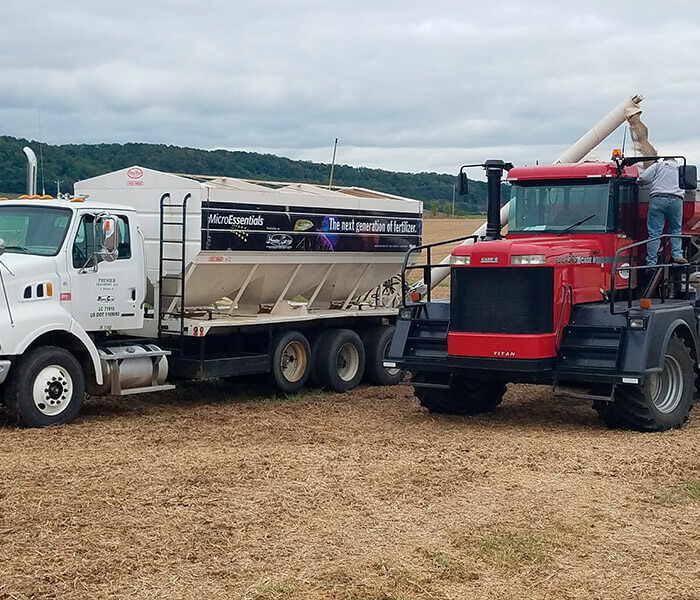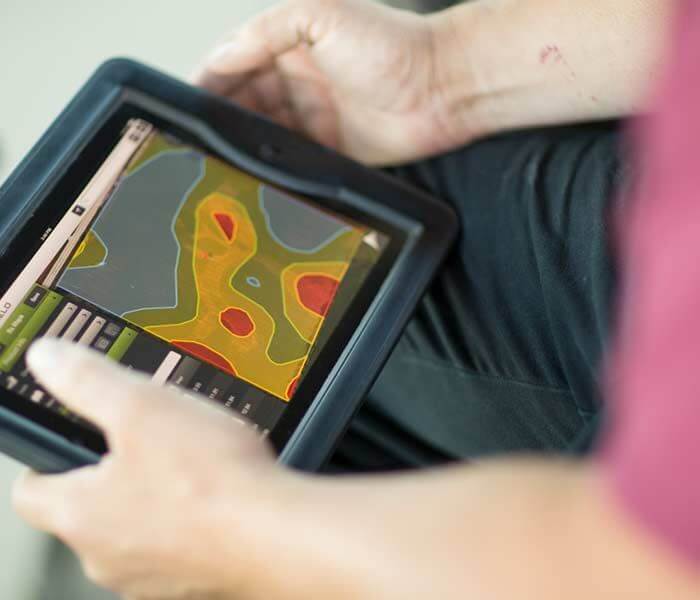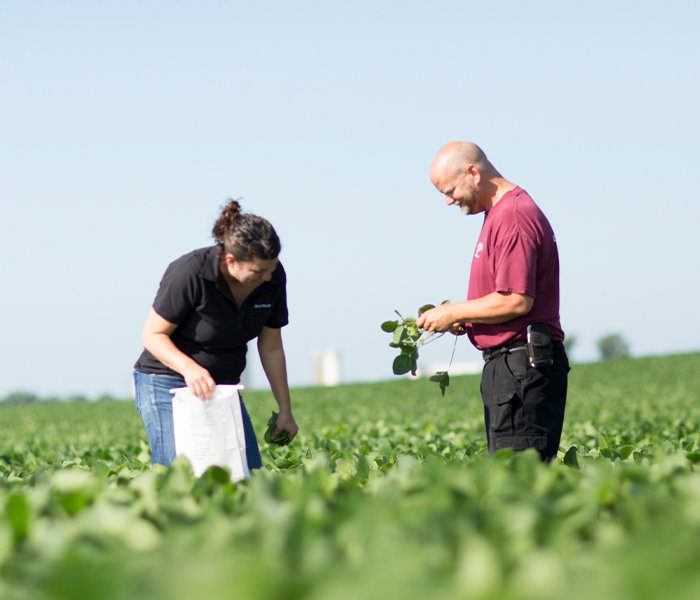Technology is your friend.
After the rush of spring planting, it can be hard to monitor every field for in-season problems such as poor stands, nutrient deficiencies, seedling diseases, early-season pests and weed pressure. There’s just not time to go back and perform manual scouting evaluations on every field it seems. Early detection of issues can make all the difference in yield potential at harvest. That’s where the R7® Field Monitoring Tool and NutriSolutions Tissue Testing can help.
Identify Unexpected Weed Pressure
Early-season weeds are never a welcome presence in your fields. Being able to identify high-pressure weed areas early on gives you an advantage as you plan your herbicide treatments. Using in season satellite imagery thru the Winfield R7 Field Monitoring Tool you can spot vigorous, above-average growth, often a tip off to early-season weed pressure in parts of the field. Having this ability to pinpoint locations in the field and then scout saves time and labor, speeding up a solution to the potential weed problems and decreasing the likelihood of leaving the weeds to get a head start, missing the window for optimum performance of the herbicide to do its job.
Identify Unexpected Nutrient Deficiencies
Having a tissue sampling plan is an important step in identifying deficiencies before visual symptoms occur, to help optimize yields. You can’t manage what you don’t measure as it has been said, so well-timed and well-placed tissue samples help allow for better field management. Utilizing the NutriSolutions® app to pinpoint the location of a sample in the field and then submitting the grower, farm, and field names with the sample combines to increase the likelihood to have your results back within three days or less once tissue samples are received for analysis. Once the lab makes the results available, use them with the rest of the R7® Tool Suite to better manage your fields all season long. Instead of waiting to react to visual nutrient deficiency symptoms, you can proactively treat your crop and prevent those symptoms from appearing altogether.
Ken Jahnke
Division Sales Manager



